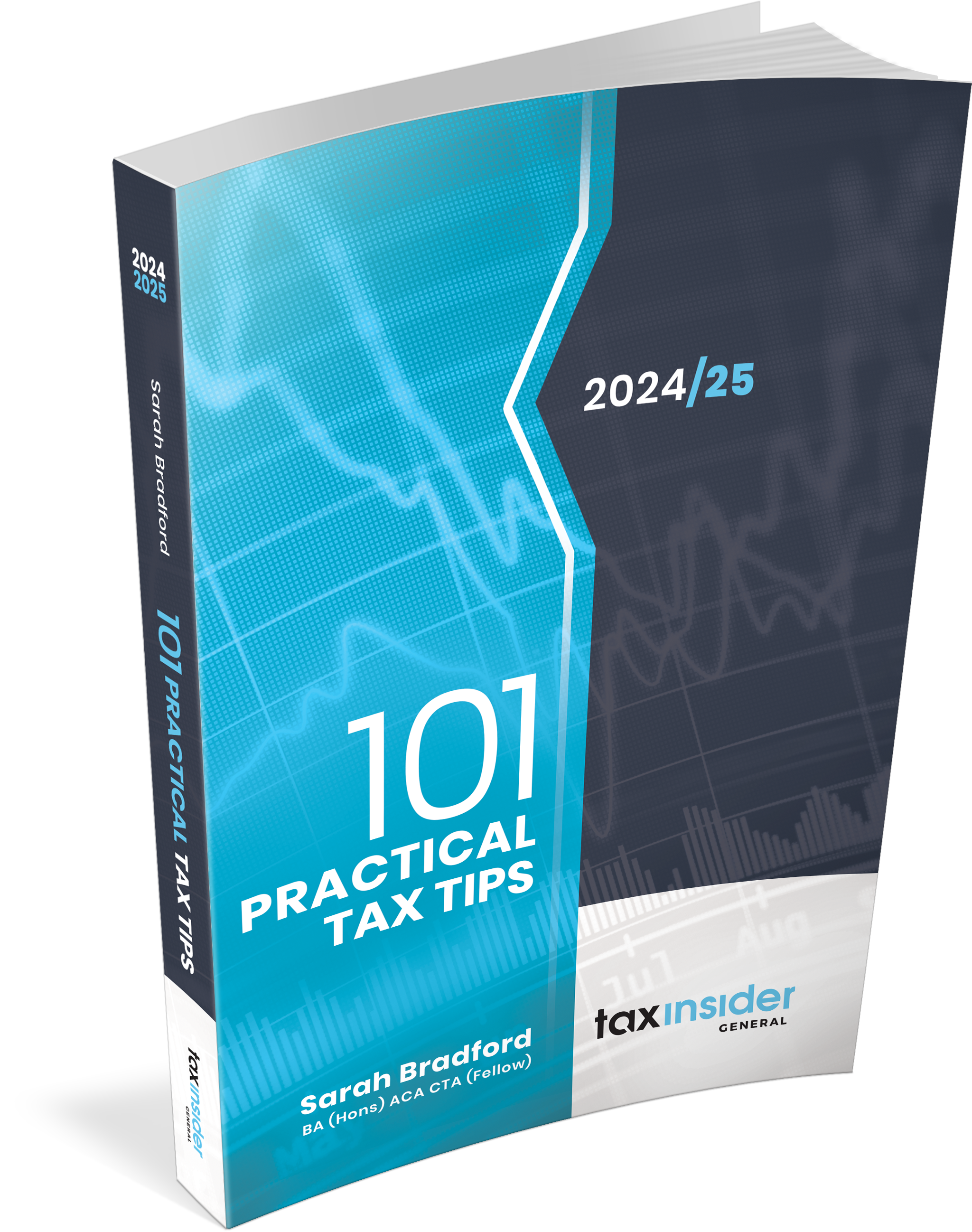 In this sample tip from the newly updated guide ‘101 Practical Tax Tips’, Sarah Bradford looks at how to extract profits from a company in a tax efficient manner. Learn more and.
In this sample tip from the newly updated guide ‘101 Practical Tax Tips’, Sarah Bradford looks at how to extract profits from a company in a tax efficient manner. Learn more and.
-----------------------------------
There are various ways in which profits can be extracted from a personal or family company and consideration should be given to formulating a tax-efficient extraction policy. As circumstances vary, there is no substitute for crunching the numbers and it is advisable to take professional advice.
A popular and effective strategy is to pay a small salary of at least the lower earnings limit (£6,396 per year for 2024/25) to ensure that the year is a qualifying year for state pension purposes.
For 2024/25 the primary and secondary thresholds are not aligned, but as shown in Tips 26 and 27, it is more tax efficient to pay a salary equal to the annual primary threshold of £12,570, regardless of whether the employment allowance is available, even where this results in some employer’s National Insurance being payable.
Where the recipient is not a director, the thresholds corresponding to the earnings period should be used to calculate National Insurance contributions that are due. A salary of £12,570 per year is equivalent to £242 per week and £1,048 per month.
Once a salary of £12,570 has been paid, it is generally more tax efficient to extract further profits as dividends to benefit from the dividend allowance and lower dividend tax rates, and also the fact that dividends do not attract National Insurance.
All taxpayers, regardless of the rate at which they pay tax, are entitled to an annual dividend allowance, set at £500 for 2024/25. The allowance means that the first £500 of dividend income (treated as the top slice of income) is taxed at a zero rate.
Once the allowance (and any remaining personal allowance) have been used up, dividends are taxed at the lower dividend rates of tax, which for 2024/25 are set at 8.75% to the extent that they fall within the basic rate band, 33.75% to the extent that they fall within the higher rate band and 39.35% to the extent that they fall within the additional rate band. The dividend allowance forms part of the tax band in which the dividends fall.
Note: dividends are paid from after-tax profits and must be properly declared in accordance with company law. They can only be paid if the company has sufficient retained profits. In addition, they must be paid in proportion to shareholdings. The rate at which the company pays corporation tax will impact on the level of its post-tax profits available for distribution as dividends. The profits from which dividends are paid have already suffered corporation tax.
Case Study - Extraction Of Profits In A Tax-Efficient Manner
Olly is the sole shareholder and director of OB Ltd and the only employee. For 2024/25, he is paid a salary of £12,570 for the year.
After paying the salary, OB Ltd has profits before tax of £12,000, which Olly wants to withdraw as a salary or a dividend.
If the additional profits are extracted as additional salary or a bonus, employer’s National Insurance will be payable.
After accounting for employer’s National Insurance of 13.8%, the amount that can be paid as additional salary or a bonus is £10,545. Olly will pay tax at 20% (£2,109) and employee’s National Insurance at 8% (£843.60), leaving him with £7,592.40.
Dividends are paid out of post-tax profits. OB Ltd must pay corporation tax of £2,280 (£12,000 @ 19%), leaving the company with post-tax profits of £9,720 from which to pay a dividend.
Olly receives a dividend of £9,720. The first £500 is covered by the dividend allowance. The remaining £9,220 is taxed at the ordinary dividend rate of 8.75%, a tax bill of £806.75. Olly retains £8,913.25.
By taking dividends, he retains £1,320.85 more of the profits than if he had extracted them in the form of further salary or a bonus.




